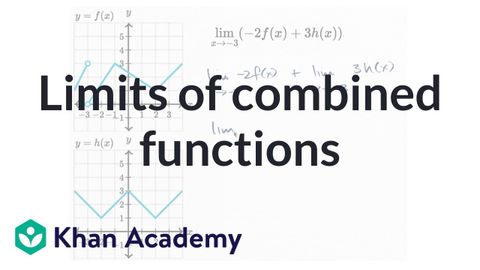
Subtitles & vocabulary
Limits of combined functions | Limits and continuity | AP Calculus AB | Khan Academy
00
yukang920108 posted on 2022/07/01Save
Video vocabulary
entire
US /ɛnˈtaɪr/
・
UK /ɪn'taɪə(r)/
- Adjective
- Complete or full; with no part left out; whole
- Undivided; not shared or distributed.
A2TOEIC
More approach
US /əˈprəʊtʃ/
・
UK /ə'prəʊtʃ/
- Verb (Transitive/Intransitive)
- To get close to reaching something or somewhere
- To request someone to do something specific
- Noun (Countable/Uncountable)
- Means of reaching a place, often a road or path
- Request of someone with a specific goal in mind
A2TOEIC
More situation
US /ˌsɪtʃuˈeʃən/
・
UK /ˌsɪtʃuˈeɪʃn/
- Noun (Countable/Uncountable)
- Place, position or area that something is in
- An unexpected problem or difficulty
A1TOEIC
More negative
US /ˈnɛɡətɪv/
・
UK /'neɡətɪv/
- Noun
- The opposite to a positive electrical charge
- In grammar, containing words such as 'no' or 'not'
- Adjective
- Being harmful, unwanted or unhelpful
- In mathematics, being less than zero
A2
More Use Energy
Unlock All Vocabulary
Unlock pronunciation, explanations, and filters
